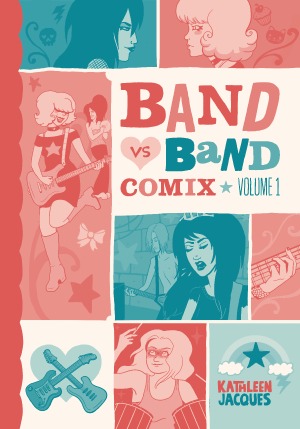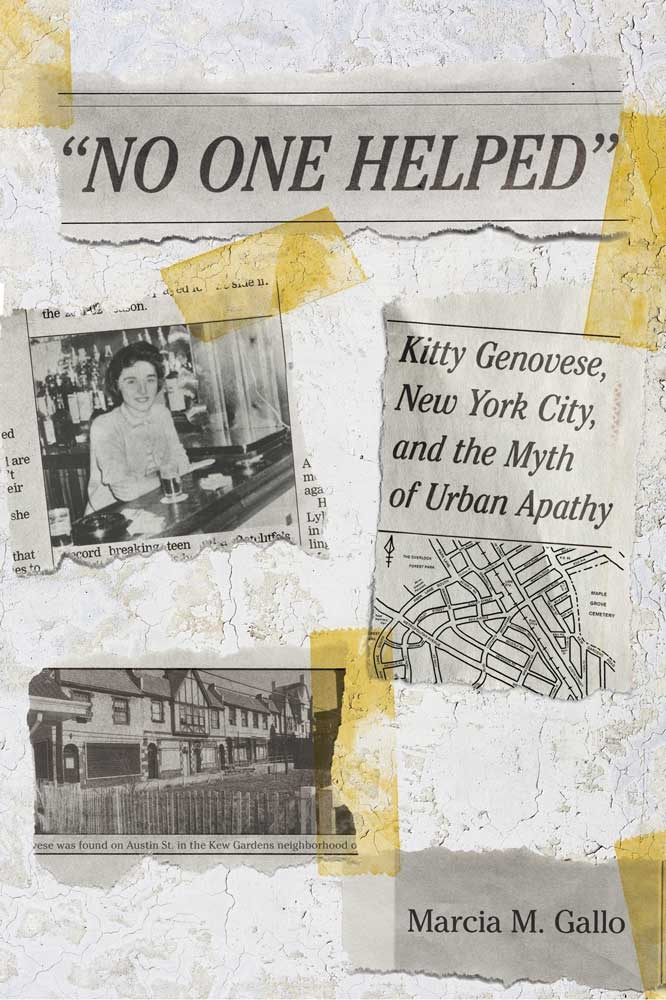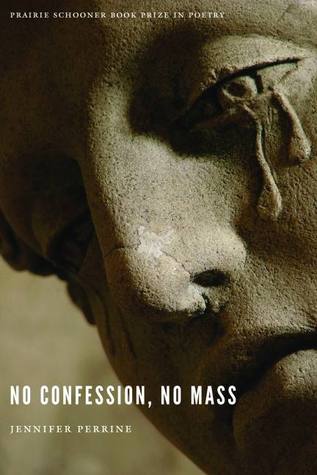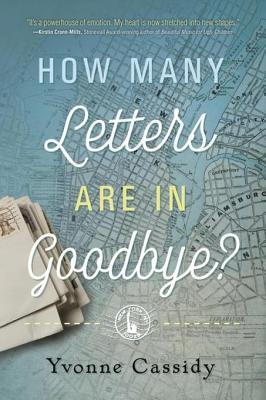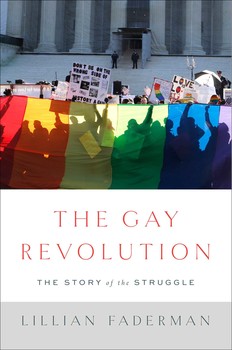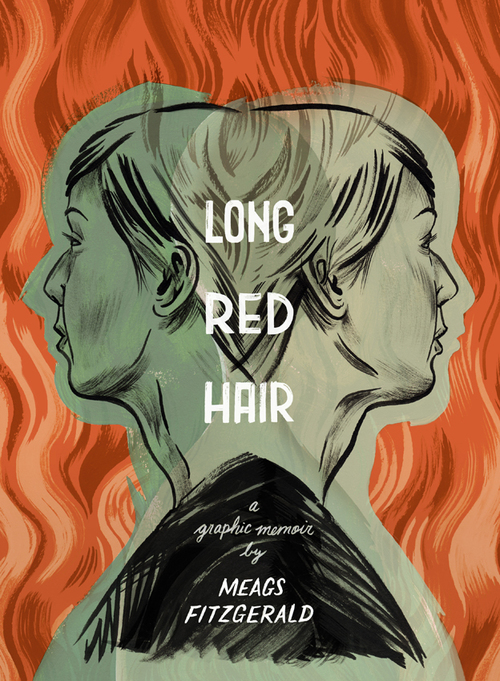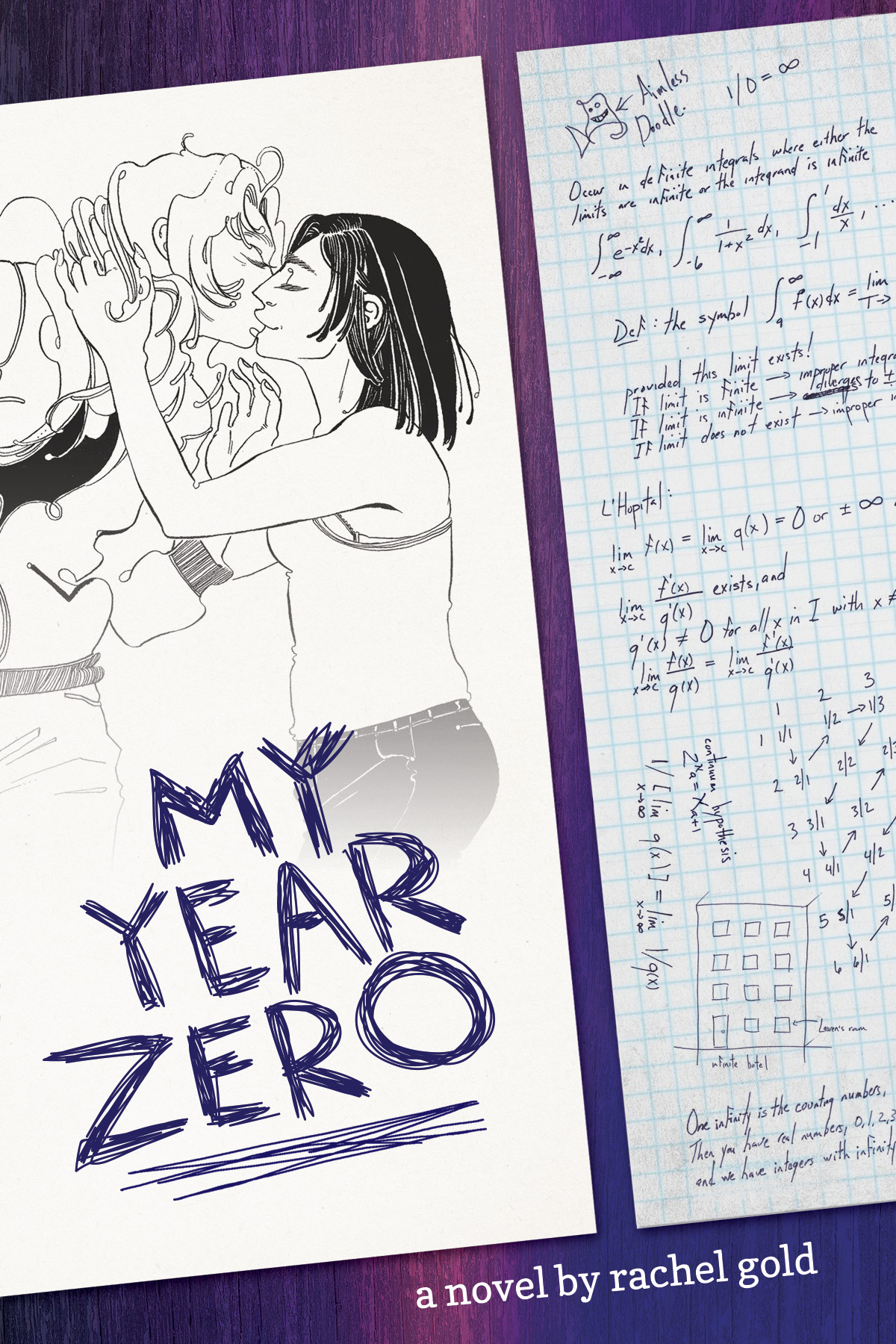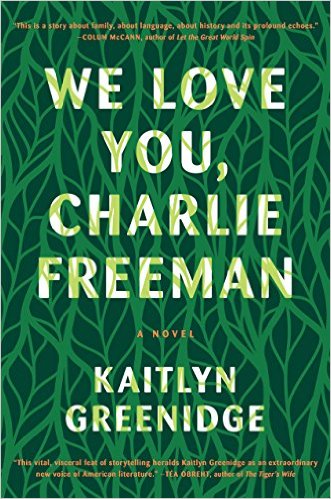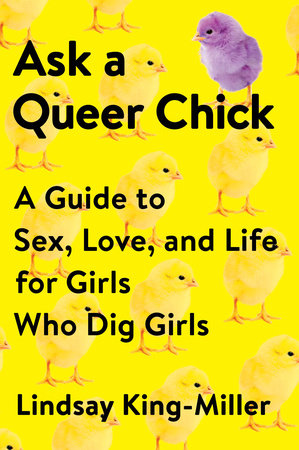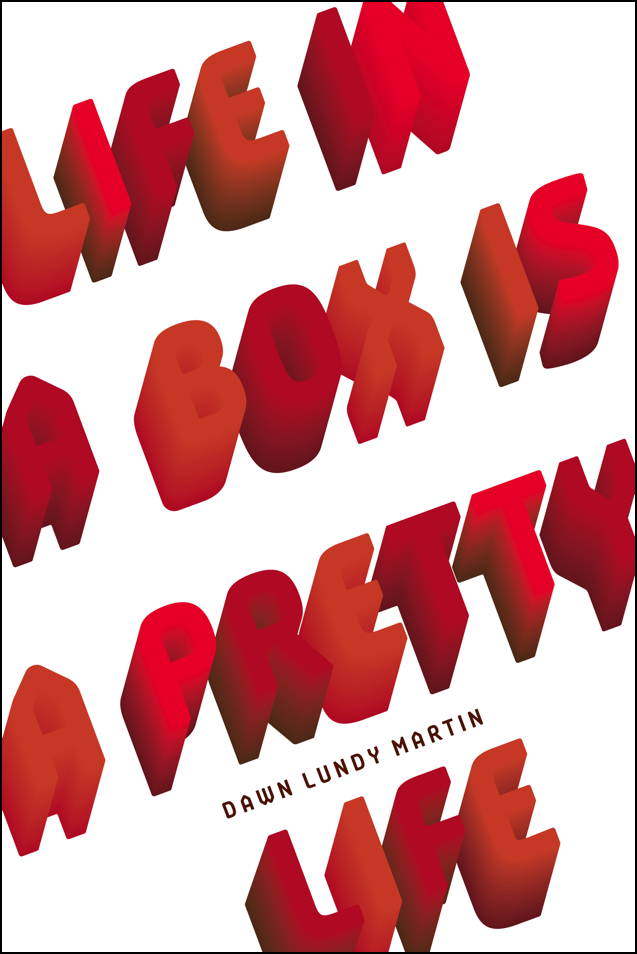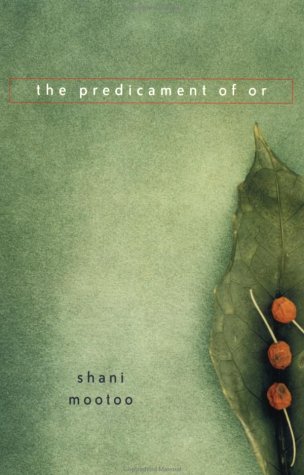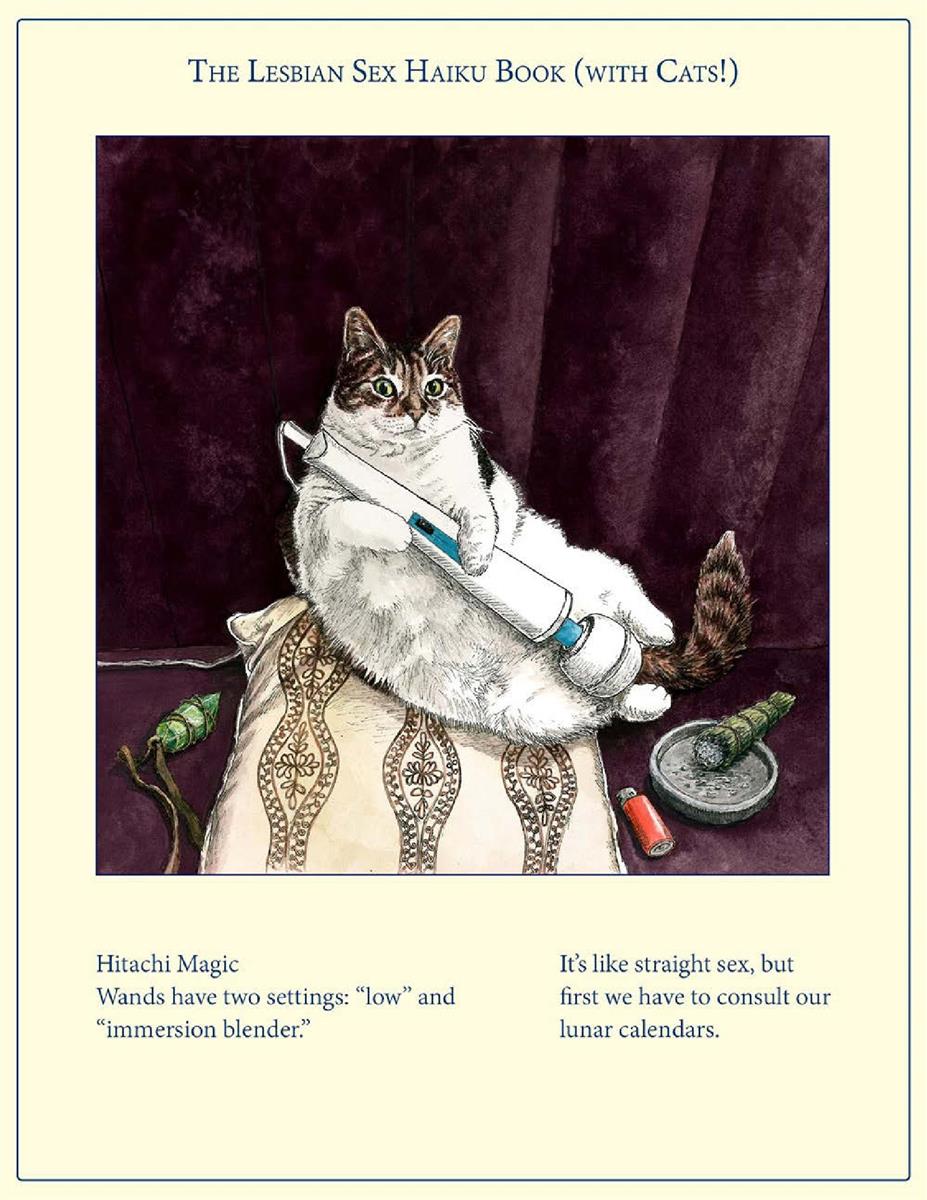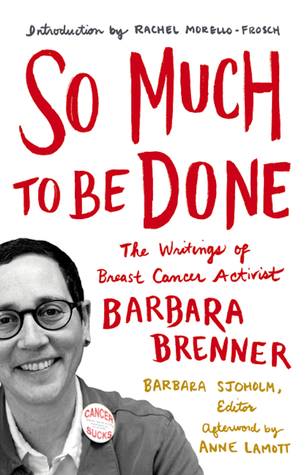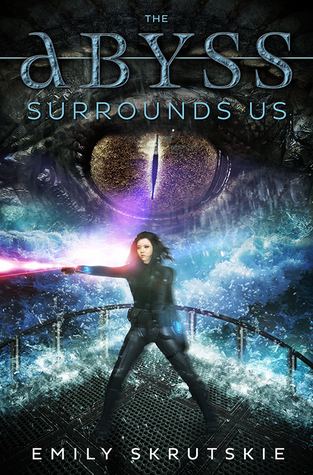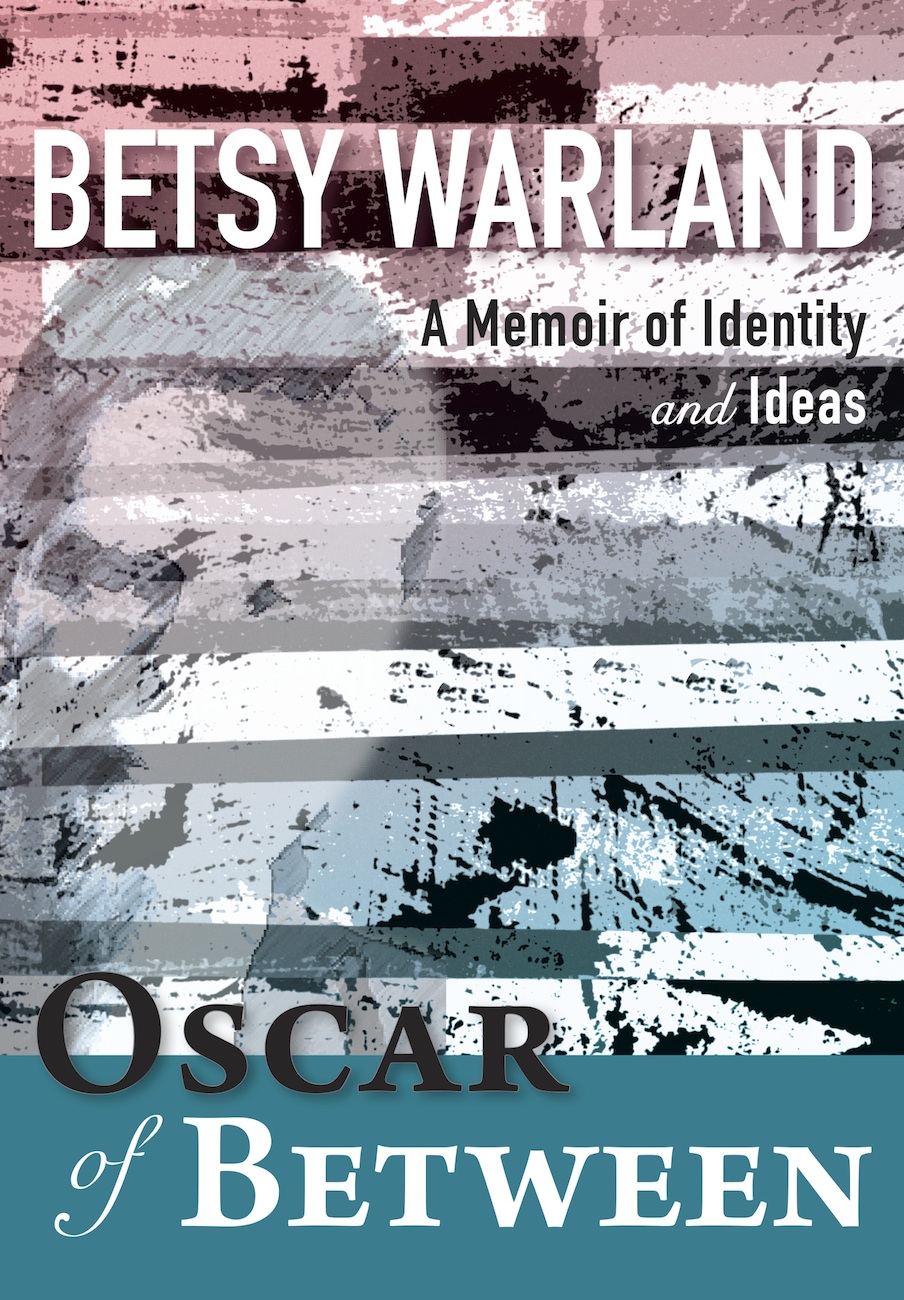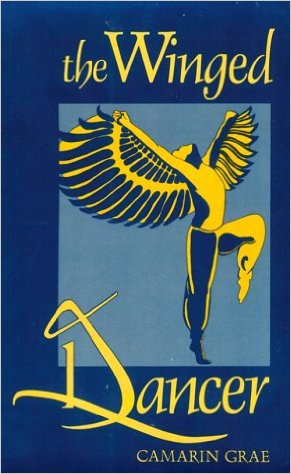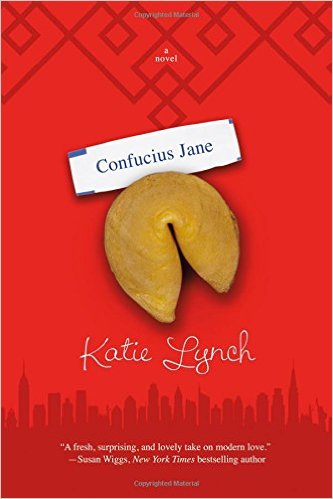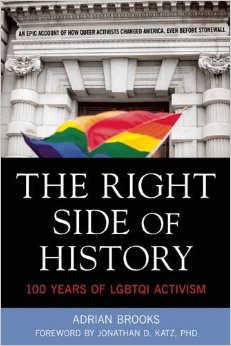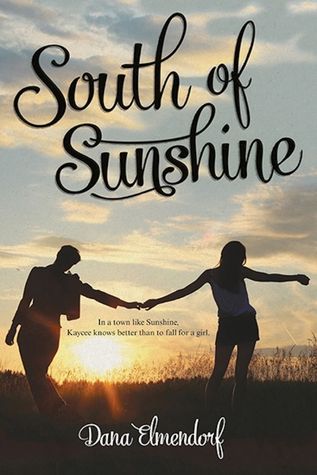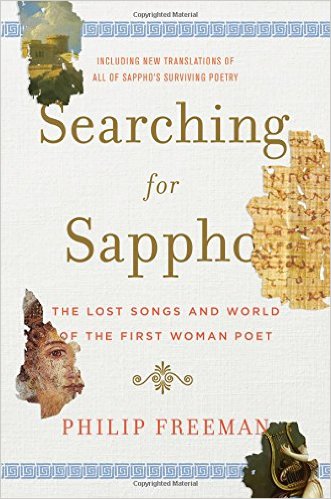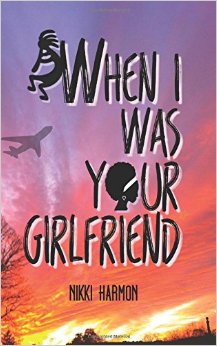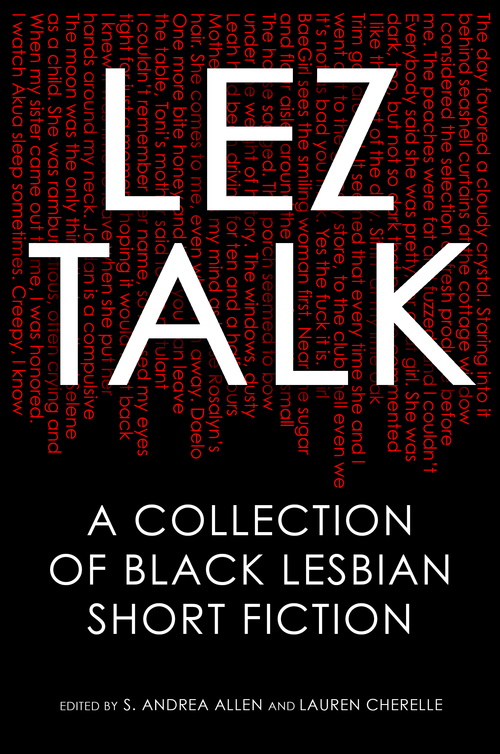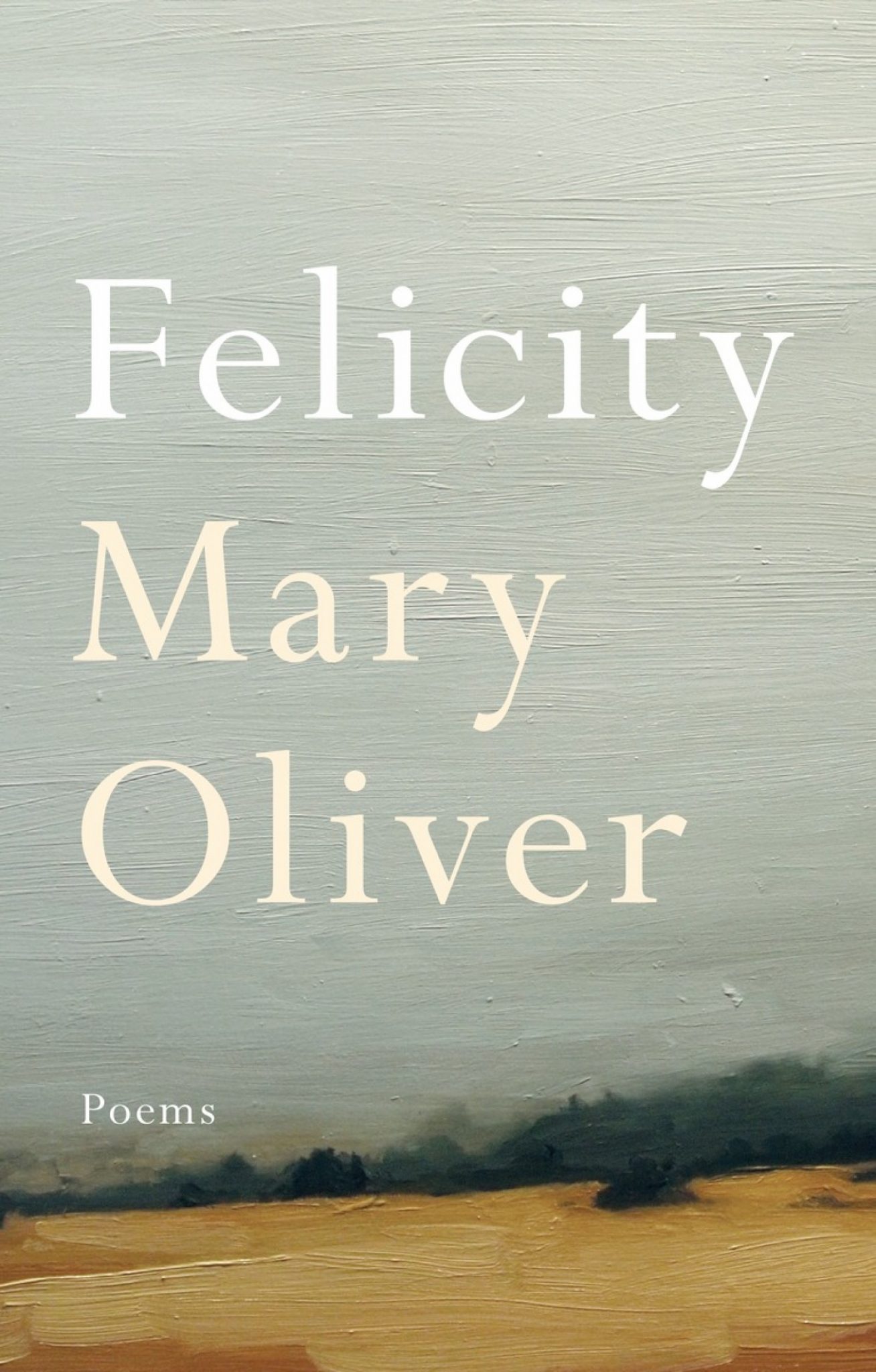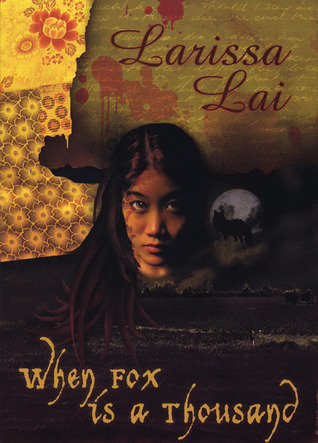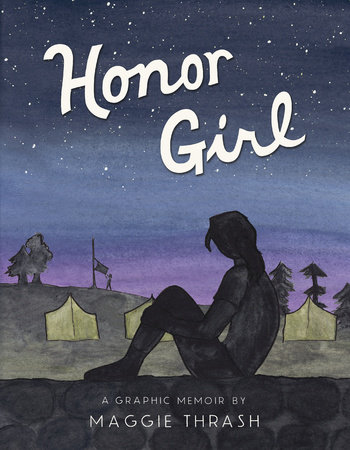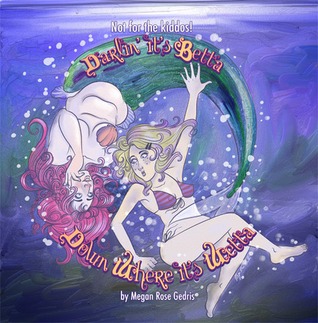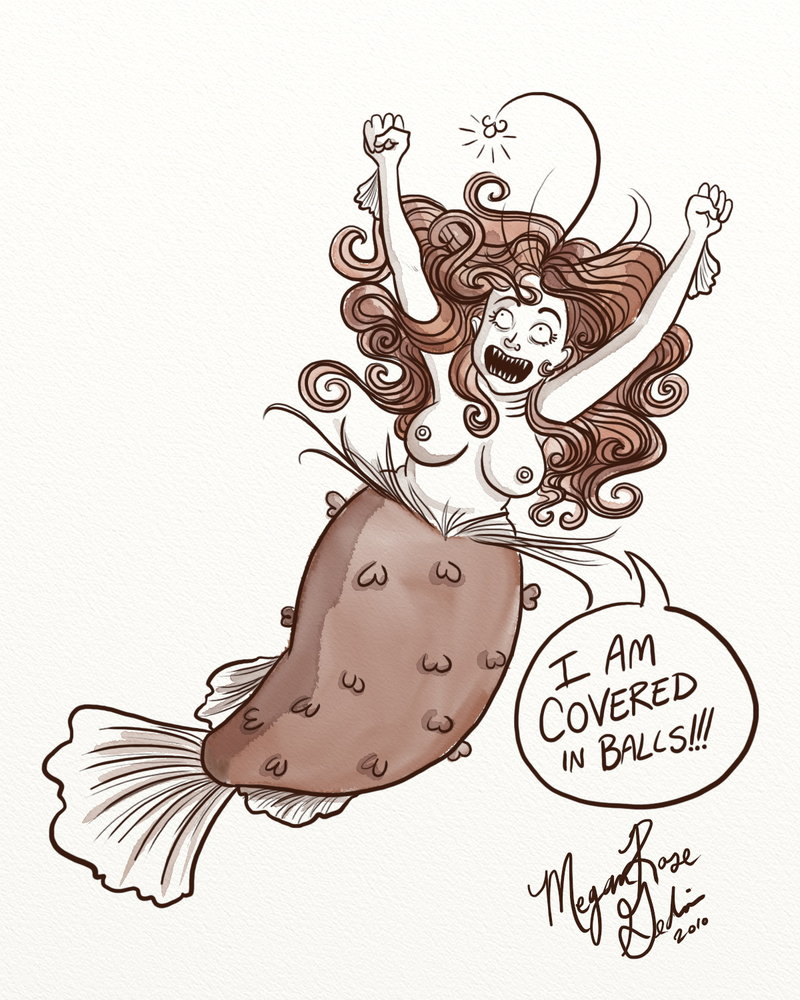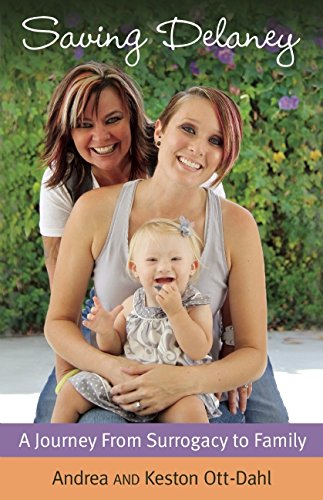Ever wanted a regularly updated webcomic to cater for your fluffy and drama needs in the long term because short things are not the best when you get attached to the characters? You’re in luck!
Band vs Band is a cute and bright webcomic by Kathleen Jacques. For those that prefer physical copies, there is a volume of 150 pages out as well.
Band vs Band follows…you guessed it, two bands that are ‘rivals’. The first band is the Candy Hearts, fronted by Honey Hart. In Candy Hearts there are also Honey’s best friend Cherry Cola (her real surname is Kirsch! For those that know German this is a fun fact(, Coco who always hides her face and Zero who doesn’t appear so often and reminds me of Fred from Scoobie Doo with that scarf.
The second band is the Sourballs fronted by Turpentine who like Honey also plays the guitar and sings. In the band there are also Foxy, who reminds me of Luna Lovegood with her character, Atomic Domme who is the level headed, intellectual feminist in the group and Arsenic, Turpentine’s best friend since childhood who’s always hooking up with people. The Sourballs’ motto is ‘’Hedonism, Nihilism, Petty vandalism’’!
The names are fitting to their bands. The Candy Hearts are all very bubbly, idealistic and sweet and always try to teach lessons to children, take part in charity and so on. The Sourballs are trouble makers who mess with the Candy Hearts. This is especially true for Turpentine to Honey; Honey sometimes retaliates especially when it comes to drawings and letters.
Turpentine and Honey have different personalities. Honey is very sweet, bubbly and caring while Turpentine seems not to have a care in the world (though she’s secretly also caring especially towards Nick aka Arsenic and Honey). They are also rivals but there is romantic and sexual tension between the two. I mean, they share a dessert right after the first confrontation. It doesn’t take a long time for them to start looking out for each other apart from being rivals. This includes late night phone calls, trips to hell and facing impostors. The plot basically revolves around this rivalry, sweetness and simple life moments where they drive each other crazy but stick out for each other.
The two bands and the two singers often have band offs and duets. Indeed, there is a whole lot of songs in this webcomic. It’s like a musical, someone is doing something irrelevant, then someone calls for a song and bam, you have a song that’s quite catchy.
The colours in this comic are all reds, blues, whites and blacks and the typographs is very varied. Apart from short episodes, there are also side-stories of side characters, magazine pages, activity sheets that includes colouring pages, album art covers and so many other creative additions. I really liked the pages that are basically song lyrics and interpretations especially when Honey and Turpentine sing together or against each other. The ‘up next’ after each episodes are funny, so take notice of them.
Sometimes, the plot seems a bit detached as it’s not one continuous timeline but episodes after each other and sometimes there is too much extra content that you forget the main plot. If you binge read though, this shouldn’t be a problem.
Although the main plot is about Turpentine and Honey, the other characters also have their things on the side. I found all characters engaging and liked the side characters side-comics since I tend to want to know more about each character shown.
The webcomic, although not finished is updated every Monday at this URL: http://bvbcomix.com/ and I suggest if you like the premise to read it and not the afraid of the fact that it’s not finished because it’s regularly updated and there is content from years ago that you need to catch up with! I suggest starting from the about section first.

